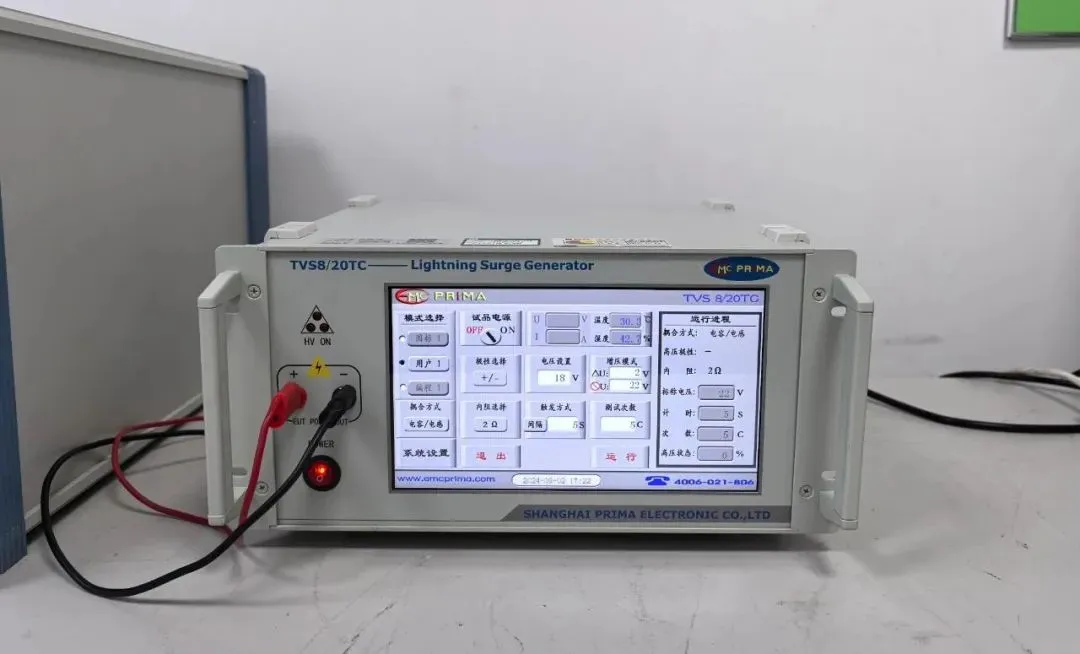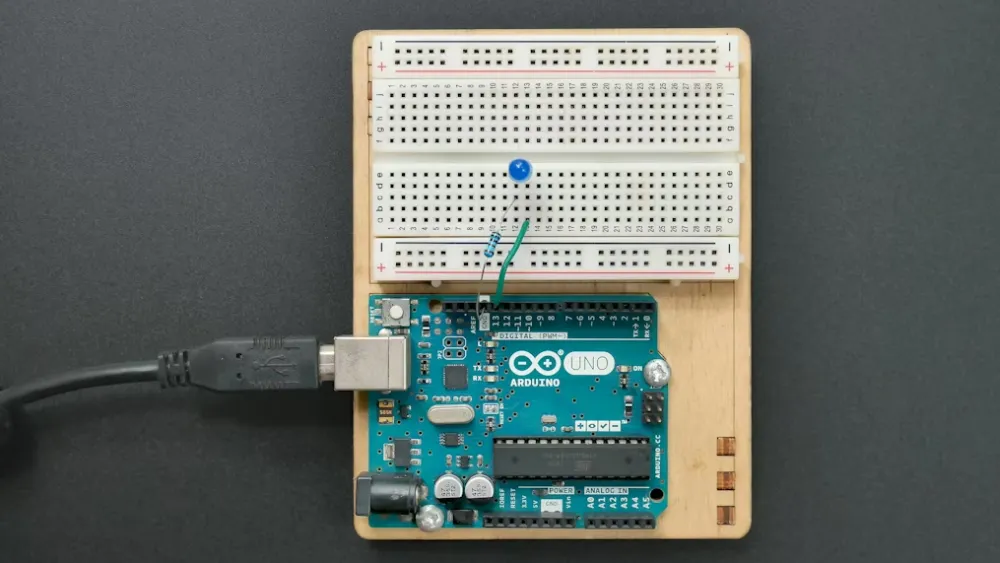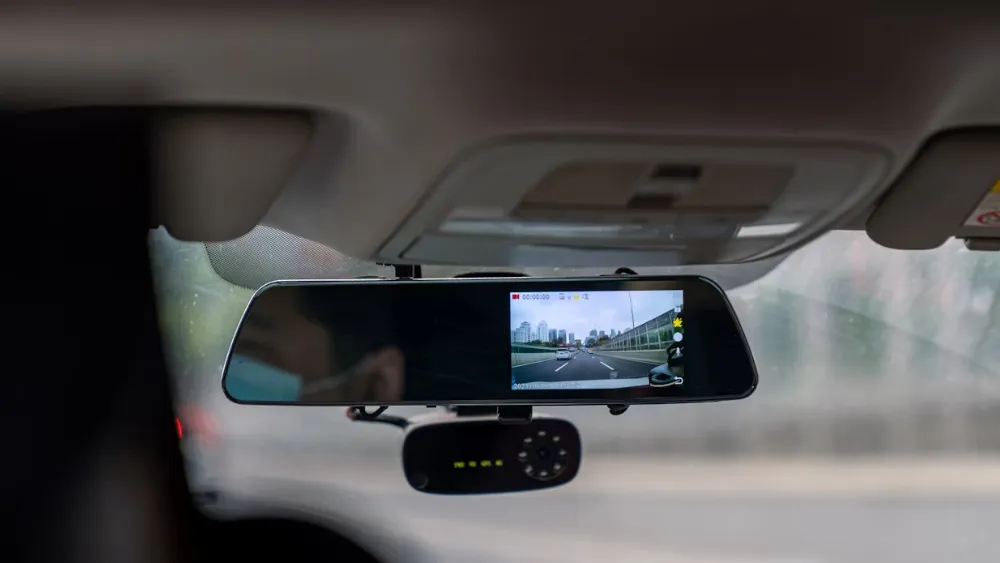
China SAR Testing Laboratory
The China JJR Laboratory Wireless RF Testing Laboratory is equipped with world-leading wireless communication product testing equipment, including Rohde & Schwarz wireless communication product test systems (R\&S TS8980 FTA2, TS8997), broadband wireless communication tester (R\&S CNW500), Specific Absorption Rate (SAR) testing system (SATIMO), and OTA (R\&S TS8991) testing systems. The laboratory can perform tests on wireless communication product performance, Bluetooth and WIFI, SAR, and OTA-related evaluations.
Testing Equipment and Capabilities
TS 8980 FTA2
a. Capable of performing RF conformanCE certification tests for GSM/EGPRS/WCDMA/HSPA/LTE mobile phone transmitters and receivers recognized by the internationally authoritative GCF. The capabilities comply with international standards including 3GPP TS 51.010-1 (GSM), 3GPP TS 34.121 (WCDMA), 3GPP TS 36.521-1 (LTE), EN 301 511, and EN 301 908;
b. Supports GSM 4 bands: 850/900/1800/1900 MHz;
c. Supports WCDMA 12 bands: Band I, II, III, IV, V, VI, VII, VIII, IX, X, XI, XIX;
d. Supports LTE FDD 16 bands: Band 1, 2, 3, 4, 5, 7, 8, 11, 12, 13, 17, 18, 20, 21, 25;
e. Supports LTE TDD 4 bands: Band 38, 39, 40, 41;
f. Supports 3GPP specified fading scenario simULation;
TS 8997
a. Fully meets testing requirements for broadband wireless transmission devices in 2.4 GHz and 5 GHz bands;
b. Fully complies with EN300328 V2.1.1 and EN301893 V1.8.5 requirements;
sar testing System
a. Meets international standards such as IEEE 1528, OET65, IEC 62209-1/-2, EN 50566, ANSI C63.19. Supports all communication modes including GSM, GPRS, WCDMA, LTE (FDD/TDD), CDMA, WIFI, and Bluetooth;
b. Covers frequency bands: 750 MHz, 850 MHz, 900 MHz, 1800 MHz, 1900 MHz, 2100 MHz, 2300 MHz, 2450 MHz, 2600 MHz, 5800 MHz;
c. Supports HAC testing including H-Field, E-Field, and T-Coil;
OTA Testing System
a. Supports a large quiet zone of 0.5 m × 0.5 m × 0.36 m, capable of bearing 50 kg, fully meeting conventional large sample testing needs;
b. Supports nearly all existing communication modes including GSM, GPRS, TD-SCDMA, WCDMA, LTE (FDD/TDD), CDMA, CDMA2000, WIFI, and Bluetooth;
c. Passive testing covers 700 MHz to 6 GHz bands;
Bluetooth and WIFI Testing System
a. Supports Bluetooth v1.1 and v2.1+EDR;
b. Supports transmitter and receiver performance testing for Wi-Fi (802.11a/b/g/n) devices;
c. Supports spectral spurious emission testing;
Laboratory Configuration
SAR & OTA
SAR (Specific Absorption Rate)
SAR generally refers to the ratio of electromagnetic wave absorption or the absorption rate, reflecting the amount of electromagnetic energy absorbed by the human body from phones or wireless products. SAR represents the electromagnetic power absorbed or dissipated per unit mass of human tissue, measuRED in W/kg.
Excessive electromagnetic radiation from wireless communication terminals can impact human health, causing symptoms like fatigue, nervous weakness, and memory decline over time. With the development of information technology, while enjoying the convenience of wireless communication devices, the public is increasingly concerned about the effects of electromagnetic radiation on health. Therefore, nearly all wireless communication products involve sar testing.
OTA (Over The Air)
OTA testing is an active test designed to verify the wireless device’s connectivity to the network and the effect of the user on radiation and reception performance; it involves spatial 3D testing and measurements of radiated power and receiver sensitivity.
The CTIA (Cellular Telecommunications and Internet Association) in the US is the sole organization setting OTA testing standards. Other organizations involved include PTCRB (PCS Type Certification Review Board), 3GPP (3G Partner Project), and COST 273.
OTA testing focuses on the overall radiated performance of the device and has gradually become an important and recognized test by mobile phone manufacturers, emphasizing the radiation performance in terms of the device’s transmit power and receiver sensitivity.
Email:hello@jjrlab.com
Write your message here and send it to us
 EU Walkie-Talkie Testing Standards (30MHz–1000MHz)
EU Walkie-Talkie Testing Standards (30MHz–1000MHz)
 EU Compliance Certification Requirements for Tread
EU Compliance Certification Requirements for Tread
 EU Amazon & TEMU Compliance for Wireless Produ
EU Amazon & TEMU Compliance for Wireless Produ
 Bluetooth BQB Compliance Protocol Testing
Bluetooth BQB Compliance Protocol Testing
 Audio-Visual Equipment CE EN 62368 Testing Process
Audio-Visual Equipment CE EN 62368 Testing Process
 Amazon Portable Power Station Direct Validation Gu
Amazon Portable Power Station Direct Validation Gu
 What is the Japan PSE JIS C 62368-1:2020 Test
What is the Japan PSE JIS C 62368-1:2020 Test
 JIS C 62368-1 Electrical Safety Testing Standard
JIS C 62368-1 Electrical Safety Testing Standard
Leave us a message
24-hour online customer service at any time to respond, so that you worry!




